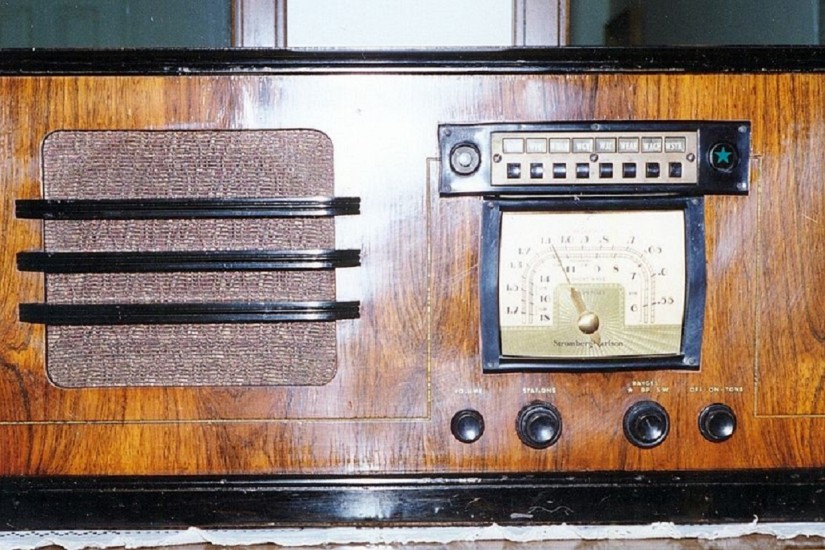Almost a century before the current fight over net neutrality, the federal government debated commercial profitability and popular access in the context of a different medium: radio.
In the 1920s, radio was a bit like the early internet of the 1990s: quirky, obsession-driven, and noncommercial. Robert W. McChesney writes that hundreds of nonprofit broadcasters sprouted up in the first half of the decade, most of them affiliated with colleges or universities.
Even those stations run by for-profit entities didn’t try to generate revenue themselves. They typically functioned as public relations arms for private companies like newspapers, department stores, or power companies. Industry representatives and public officials, including Secretary of Commerce Herbert Hoover, argued that radio was a poor medium for commercial ads. In 1927, the American Newspaper Publishers Association declared that “fortunately, direct advertising by radio is well-nigh an impossibility.”
As stations proliferated, they overlapped each other’s bandwidths and made a mess of the airwaves, leading the federal government to step in with regulation. Congress established the Federal Radio Commission in 1927, and it rapidly set to work, meeting with executives and engineers from startup radio networks NBC and CBS in unpublicized sessions.
The plan the FRC came up with in late 1928 gave it the power to allocate the hours stations could use a particular AM radio band, and how powerful their signals could be, based on its determination of their value.
How did the commission make those determinations? A 1929 report explained that it considered the greatest “general public service” to be provided by profit-driven stations, which would be motivated by market forces to provide programming people wanted. Meanwhile it identified nonprofit, non-commercial stations as “propaganda” broadcasters devoted to spreading their own viewpoint rather than meeting audience needs.
